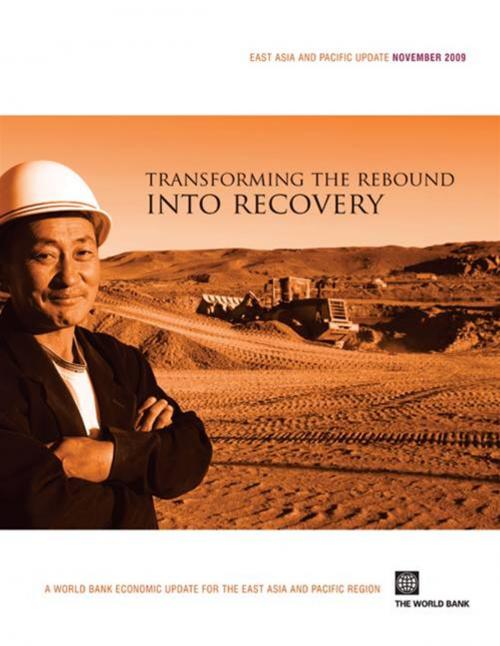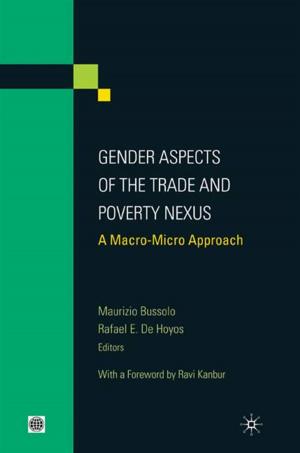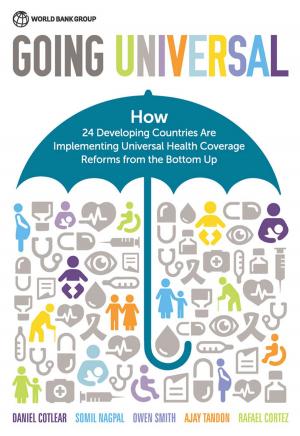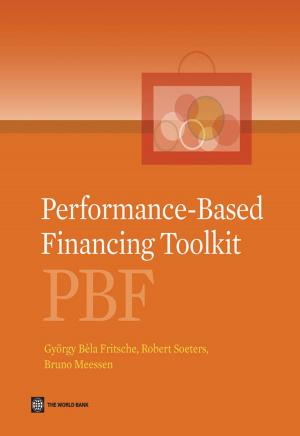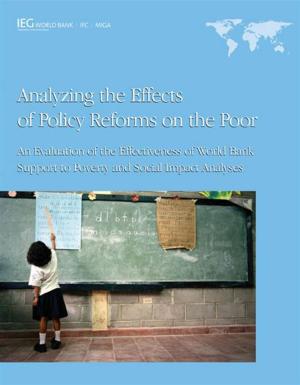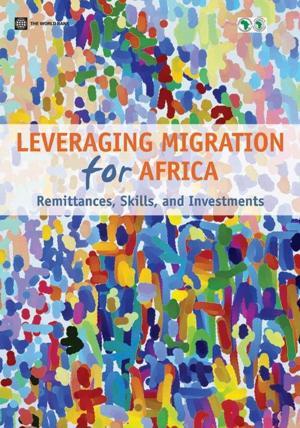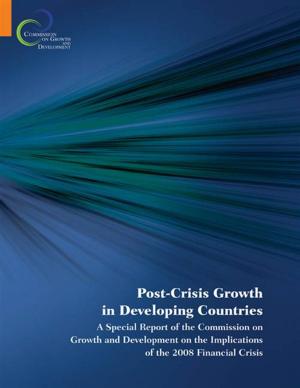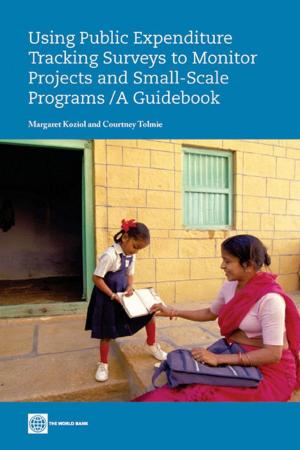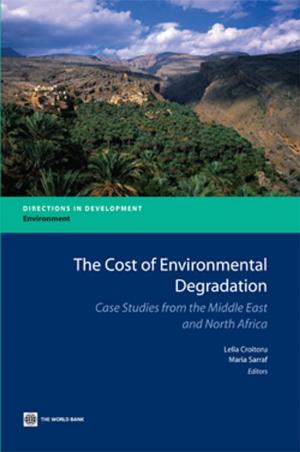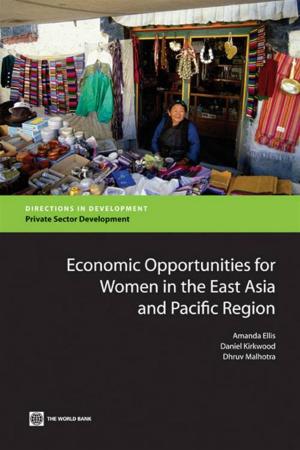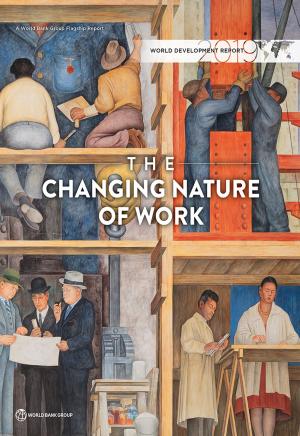East Asia And Pacific Update, November 2009: Transforming The Rebound Into Recovery
Business & Finance, Economics, Economic Development| Author: | World Bank | ISBN: | 9780821382677 |
| Publisher: | World Bank | Publication: | December 7, 2009 |
| Imprint: | Language: | English |
| Author: | World Bank |
| ISBN: | 9780821382677 |
| Publisher: | World Bank |
| Publication: | December 7, 2009 |
| Imprint: | |
| Language: | English |
The East Asia and Pacific Update is the World Bank's comprehensive semiannual review of developing economies in the region. This November 2009 issue discusses East Asia's role as the driving force behind the global economic rebound. The region's economy has rebounded from the financial crisis and global recesesion that began in late 2008, but has it reached recovery stage? Why has the East Asia and Pacific region fared better than other developing regions? Can the region continue to grow as fast as it did before the crisis if demand from the developed world remains weak? Take China out of the equation and how is the rest of the region really doing? These are some of the questions addressed in this report.Presenting unique perspectives along with the latest data on the region, the East Asia Update is a valued resource for policymakers, researchers, businesspersons, students, and anyone else with a serious interest in this dynamic region.
The East Asia and Pacific Update is the World Bank's comprehensive semiannual review of developing economies in the region. This November 2009 issue discusses East Asia's role as the driving force behind the global economic rebound. The region's economy has rebounded from the financial crisis and global recesesion that began in late 2008, but has it reached recovery stage? Why has the East Asia and Pacific region fared better than other developing regions? Can the region continue to grow as fast as it did before the crisis if demand from the developed world remains weak? Take China out of the equation and how is the rest of the region really doing? These are some of the questions addressed in this report.Presenting unique perspectives along with the latest data on the region, the East Asia Update is a valued resource for policymakers, researchers, businesspersons, students, and anyone else with a serious interest in this dynamic region.
